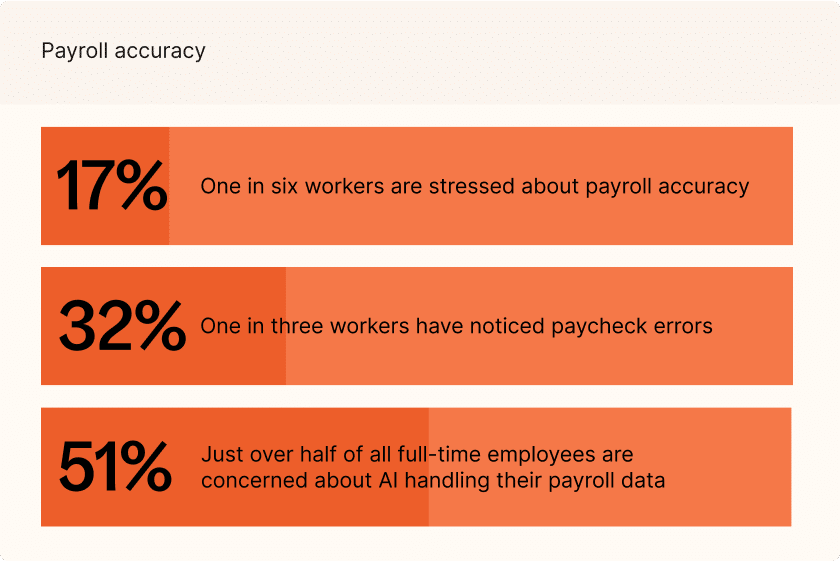92% of employees want to work for a company that provides mental health benefits.
getty
We’re nearing winter, and that always reminds me of the importance of mental health. Cold, rain, and lack of sunlight are one thing. Pushing towards the end of the year is another. Organizations may be trying to reach year-long key objectives, teams are pushing to reach quotas, the holidays are coming and with them, the need to spend more than may be comfortable in an individual’s life, or stress around family obligations. Everyone is stressed: Leaders, managers, and employees. So while this may not be the designated “month” to talk about mental health — as we did this past May — we still need to talk about it.
Among the many common challenges facing the workplace these days:
Workforce Disruption
Consider the possible friction between knowledge workers (and others) who adapted to remote and hybrid teams, got through the pandemic, and are now being called back into the office. Among front-line employees, it’s no surprise that this can be a tough season, on top of that.
Technology Changes
We’ve undergone profound changes in how the workplace functions, with new, improved and sometimes altogether different digital platforms. By no means am I saying that innovation is a bad thing, or that adoption shouldn’t take time — I’m not. I believe fervently in innovation and in encouraging everyone to pace themselves when it comes to adapting to new systems and steps. Upgrading platforms and tools, however advantageous, can take up already limited time and energy, and disrupt workflows employees count on. It can also trigger insecurity and erode confidence — something managers should be watching out for as they’re improving their skills on the new platforms themselves.
Economic pressures
We can throw in this turbulent economy where some of the most stalwart employers have had to fold or downsize. It’s a high-pressure season that can be low on emotional support.
Nearly All Employees Want It
What we can’t ignore: Employees want mental health as part of their benefits package. The 2023 American Psychological Association (APA) Work in America survey found that 92 percent of workers said it’s important to work for an organization that values their emotional and psychological well-being, and that same percentage said it’s important to them to work for an organization that provides support for employee mental health.
But when it comes to what employers versus employees believe, 55 percent of workers said that their employer thinks their workplace environment is a lot mentally healthier than it actually is. As far as transparency, employees are cautious: 43 percent reported worrying that if they told their employer about a mental health condition, it would have a negative impact on them in the workplace.
Culture Shifts Matter
In other words, employers could do better — and they should. But that means really looking into what employees want, and not just the simple stuff, but the hard stuff too — and the factors that promote mental health and shape the work culture as well.
For instance, substance use — just 43 percent reported that their employer offers health insurance with coverage for mental health and substance use disorders. Breaks: Only about one-third (35 percent) reported that their employer offers a culture where breaks are encouraged. Boundaries, which have certainly lost ground in the past few years: 95 percent said it is very (61 percent) or somewhat (34 percent) important to them to work for an organization that respects the boundaries between work and nonwork time. Then, there’s stress: Research cited by the American Institute of Stress (AIS) found that 83 percent of U.S. workers report they are suffering from work-related stress.
Some of these can be addressed with actual benefits that can be rolled into a benefits package. Some are policies that can change the culture. It’s really the combination of the two that makes for a workplace where employees feel supported.
What Underlies Retention
When I talk to business leaders, among the current concerns is how to better support employees — but we spend a lot of time focusing on improving retention, and what that actually entails. Meanwhile, the most telling numbers in the APA survey may be the consequences: overall, 33 percent of workers said they intend to look for a new job at a different company or organization in the coming year.
Among workers who said they are unsatisfied with the mental health and well-being support offered by their employer, that number rose to 57 percent. Not quite double, but the increase is impossible to overlook. Left unsupported, employee issues with mental health are costly for everyone: AIS found that more than 50 percent of U.S. workers are disengaged as a direct result of stress.
As you focus on engagement and retention, remember: There’s an underlying factor, and that’s mental and emotional support. Employees who experience a sense of mental and emotional well-being at the workplace are more likely to be engaged in their work, and more likely to want to stay. So let’s start with that.
Credit: Source link











